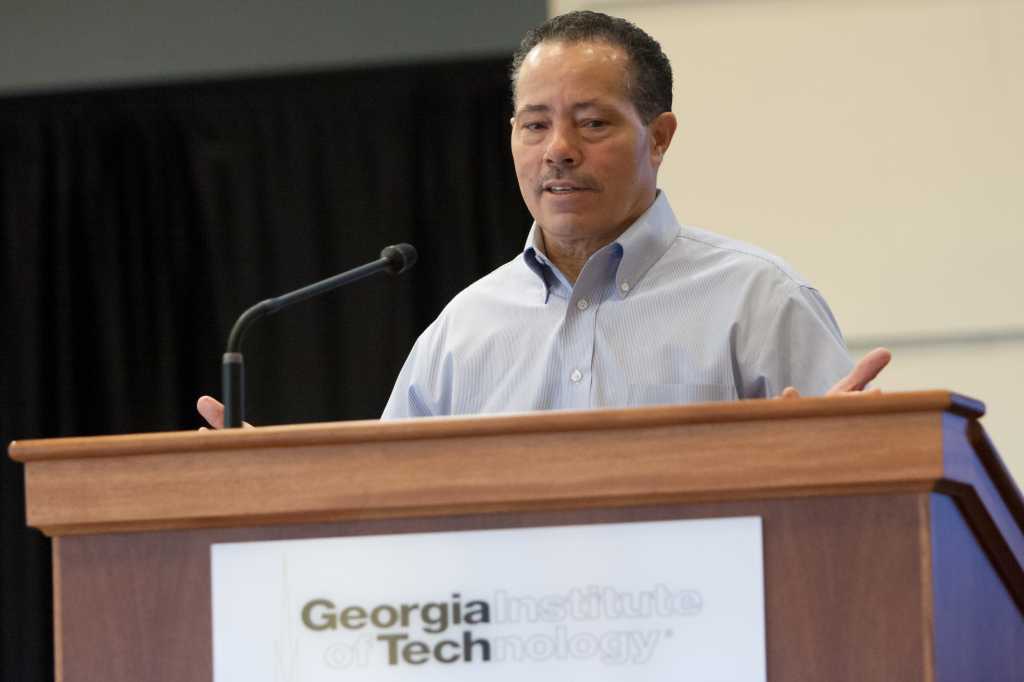
For the first time in over a decade, undergraduate students will be able to take a wellness class to fulfill their physical wellness requirement for graduation. The School of Applied Physiology has been working on and has added a new Science of Physical Activity and Health course, or APPH 1050, for the upcoming fall semester.
“[The course was created] to allow students the opportunity to get into and maintain a structured activity pattern and experience first hand the benefits of an active lifestyle,” said Dr. Teresa Snow, an academic professional in the School of Applied Physiology and coordinator for wellness courses. “As a student, it helps increase energy levels so you can accomplish everything you need to in your hectic schedule and not be exhausted at the end of the day. It helps you focus, cope with stress and stay healthy.”
The class will be offered this fall with five activity sections, each having about 25 students. It will be a two credit hour class, meeting two days per week for 90 minutes each day. Class one day would be lecture and discussion of material with the typical activities, assignments and examinations of a health class. The other day would be structured physical activity in small groups at the Campus Recreation Center.
Grading policies have not been finalized yet according to potential syllabi, but will most likely be split between the two portions of the class. The lecture portion would include examinations and written assignments which will most likely make up more than 50 percent of the grading.
Physical activities will be on a pass-fail basis based on attendance and participation in fitness assessments revolving around the options for activities students will have when signing up for the course. These activities include running, weight lifting, yoga or “fitness 101”, an option for beginner exercisers that will involve warm-up activities, circuit strength training, cardiovascular conditioning and cool-down and stretching techniques.
According to Snow, this will be a collaboration between the CRC using their certified instructors to administer the physical component and Applied Physiology instructors who will supervise the class component and be responsible overall for grades.
The previous class, Physical Evaluation and Conditioning for Health, was dropped by administration around the time of the 1996 Olympics when the previous student athletic complex was demolished and there were no facilities to hold the class in. At that time, the decision was made to only offer the HPS 1040 class as a wellness requirement, which there was opposition to from the beginning.
Through the years, there have been discussions of bringing the physical component back to this kind of course, but only recently that there has been the necessary push and support to finally take action.
According to Lucy Tucker, Undergraduate Vice President of Academic Affairs, SGA has been instrumental in getting the conversation with administration and faculty regarding this course initiated and keeping it going in order to achieve these results.
“The idea behind the initiative was multifold,” Tucker said. “First, many other peer institutions offer physical education courses that allow students to practice what they’re learning in the classroom in their health courses.”
“Also, a course like APPH 1050 gives some students, who would not ordinarily ever have the opportunity to learn skills such as how to strength train properly, the chance to learn from a qualified instructor,” Tucker added. “Lastly, a promotion of physical activity to the student body also has many other implications such as the improvement of both physical and mental health and exposure to a positive way of dealing with stress.”
SGA put out a survey to students last year that indicated that there was an interest in having a physical component included health courses.
“I hope [the class] gets a very favorable response from the students. If the demand grows, then we will try to accommodate that demand. I would like for all of my students to look back and be able to say that the health course they took was valuable and that it had an impact on their lives in some positive way. That is what all of our instructors want for our students,” Snow said.



